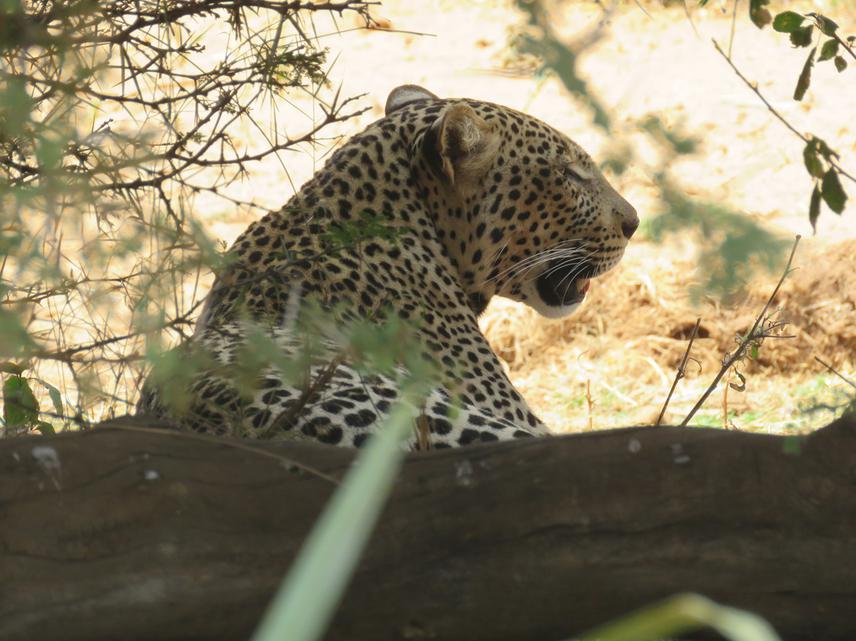Titus Adhola
Other projects
24 Mar 2016
Lion-Hyaena Interactions within a Backdrop of Human-Carnivore Conflict in a Samburu Pastoralist Landscape in Northern Kenya: Is There Hope for Co-Existence?
To achieve the project goal of identifying key ecological determinants of depredation by large carnivores, in relation to community practices and perceptions in Samburu, northern Kenya, the following research questions will guide our project activities moving forward:
(1.) How do seasonal surface-water dynamics influence large carnivore diet and prey preference, based on analyses of carnivore scat?
(2.) How does variation in local habitat influence the perceived and actual rates of livestock depredation by large carnivores?
(3.) What are the levels of tolerance of pastoral communities to the presence of large carnivores in their communal lands – are these levels influenced by community attitudes/perceptions, the ecological and/or cultural significance of the large carnivores, or by the prevailing socio-economic factors?
(4.) How do human cultural carcass disposal practices across habitats influence livestock depredation rates and patterns?

Leopard Samburu National Reserve.
For many generations, Samburu pastoralists have practiced attentive forms of husbandry associated with minimal losses to depredation. However, despite valiant efforts to minimize depredation; livestock still constitutes a considerable proportion to wild carnivore diets. Livestock depredation causes serious damage to local economies, and tends to reinforce negative attitudes towards conservation initiatives and wild carnivores. To this end, conservation of large carnivores through the management of human-carnivore conflict, as proposed by this study, would therefore benefit from a better understanding of the key ecological determinants of depredation by large carnivores, in relation to community practices and perceptions in Samburu, northern Kenya.
Our study area (Samburu County) is unique in the sense that it hosts populations of the six large carnivore species found in Eastern Africa, namely; lion Panthera leo, leopard Panthera pardus, spotted hyaena Crocuta crocuta, stripped hyaena Hyaena hyaena, wild dog Lycaon pictus and cheetah Acinonyx jubatus; and is therefore an ideal surrogate, for implementation of community wildlife awareness and conservation strategies towards mitigation of human-wildlife conflict, through creation and promotion of wildlife management areas and better husbandry practices to deal with livestock depredation. We will quantify the diet (livestock vs wild prey) of the large carnivore species in Samburu through analyses of carnivore scat/faeces. The composition of the carnivore diet is directly relevant to the interaction between the animals and humans, and, provides part of the ecological background for our own behaviour in relation to carnivores; for instance, it is possible to deduce from studies of carnivore diet what are the kinds of species that are vulnerable to predation (Bacon et al., 2011; Boitani and Powell, 2012).
We will ground-truth the study area to produce a GIS vegetation map of Samburu County to be able to correctly determine depredation conflict hotspots; this will involve data collection on vegetation attributes and GPS coordinates of areas where livestock depredation conflicts have been reported; the circumstances that might have contributed to such incidences; including exact details (whenever possible) of carnivore species responsible, and the nature and extent of damage caused. Community education awareness and participation in wildlife conservation in partnership with our local project collaborators (Action for Cheetahs in Kenya and Northern Rangelands Trust) is vital to realizing success in our project goals. Local community scouts/field assistants participating in the on-going project will be given hands on training to gain and/or improve on their skills on data collection in ecological monitoring work.